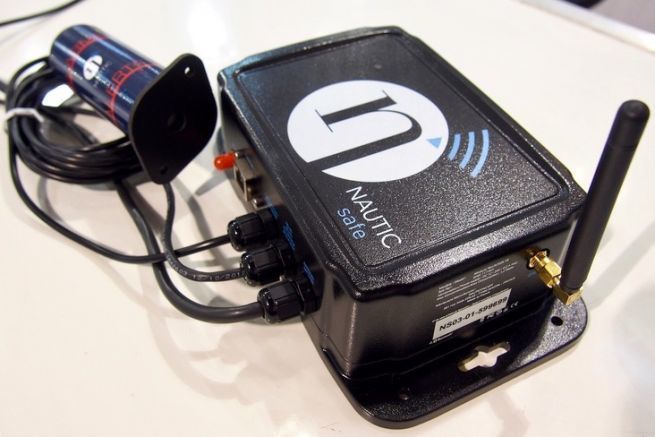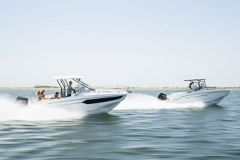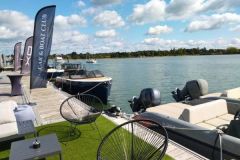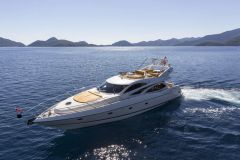Many nautical devices now have connected functions, whether it be energy management, comfort devices or navigation electronics. It is then possible from a simple smartphone, or even a dedicated watch, to interact with these devices. Manufacturers are now going one step further by offering management and monitoring systems.
A data exchange
These systems consist of a box that collects information and on which the necessary sensors are connected: presence of water, engine and battery parameters, intrusion, shock detection, lodgingâeuros¦ a GPS antenna provides location and a GPRS unit provides data exchange. It works in transmission and reception, which means that in addition to receiving data, it is possible to remotely control the activation of a device: projector, pump, camera or other.
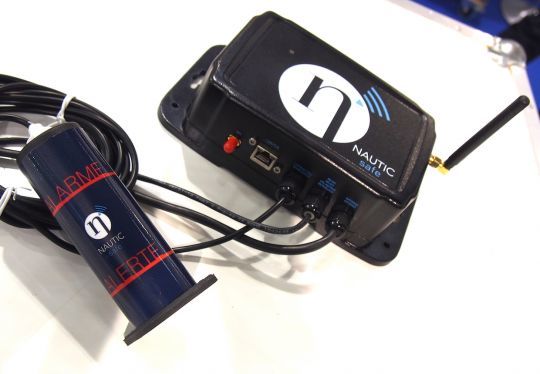
A question of trust
Initially, this system was developed to facilitate exchanges between professionals and their customers. The idea was that the technician would have the entire history of the boat, and could easily locate it if he had to intervene. The counterpart is that under the pretext of facilitating the maintenance of his boat, the customer becomes captive of the professional in question and offers him an opening on his personal data: use of the boat, places frequented, dates and frequency of the outings...
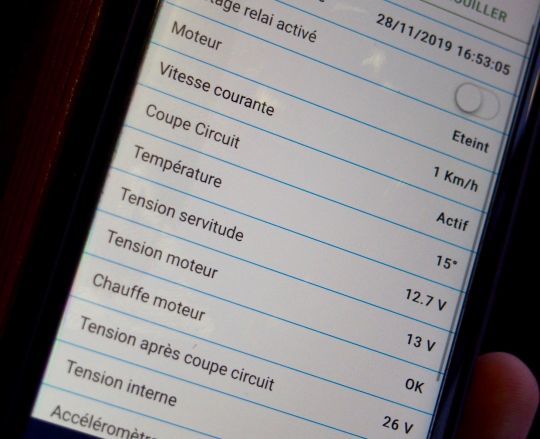
A solution well adapted to rental companies
These systems allow rental companies to efficiently manage their fleet and its maintenance. The technician is alerted directly to the slightest malfunction and always knows where the boat is. The teams that use this system emphasize that it contributes to pacify the relationship with their customers. The presence of sensors would contribute to make the customer more respectful of the equipment entrusted to him! The fleet manager can also monitor the consistency of the information and ensure that a boat is not used improperly...
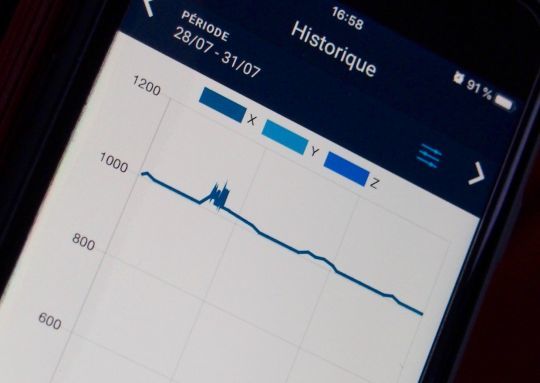
And for private use?
An owner who lives far away will undoubtedly be reassured to follow remotely the parameters of his boat left at a pontoon. On his screen, he will be able to check the state of his batteries, a possible rise in temperature or the presence of water in the hold, or even detect an intrusion. The system history can be a cohesive factor between co-owners in case of shared use. It can be a way to allocate the operating costs of the boat in proportion to the actual use of each.
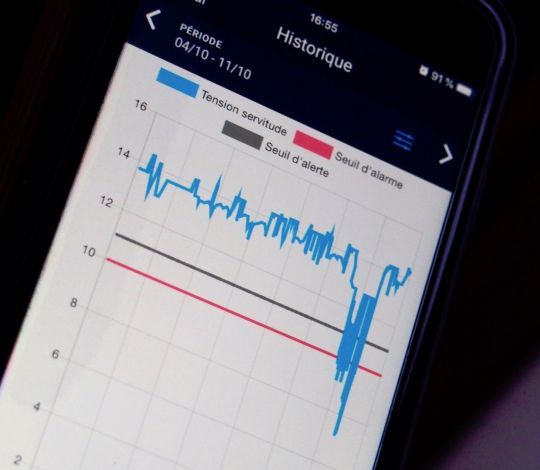
To take advantage of this technology, it is necessary to pay about 700,00 euros to install the box and to subscribe to a monthly fee starting at 12,00 euros.
It's hard not to think about the amount of data collected, which could be used to analyze our browsing habits, our places of call, and even our excesses. But can we play the outraged modesty, while with our smartphones and other connected objects, we open daily boulevards to intrusions otherwise invasive?
